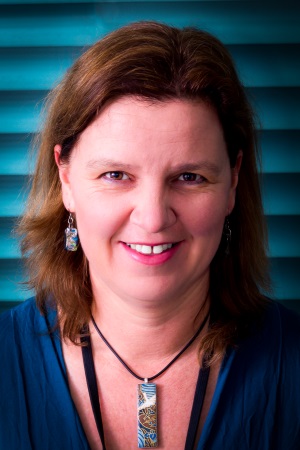
Minister for Education and Training, Senator Simon Birmingham announced the five ANU winners; associate Prof Katrina Anderson (ANU Medical School), Dr Jason Payne (ANU Research School of Social Sciences), Dr Anna Von Reibnitz (ANU School of Finance and Applied Statistics), Jeremy Smith (ANU Research School of Engineering), and Dr John Debs (ANU Research School of Physics and Engineering).
Dr Katrina Anderson was awarded for her work teaching young doctors and medical students to be compassionate and to treat patients holistically, rather than just treat the disease.

“Medicine is about an encounter between two people,” Dr Anderson says.
“Patients are the people who teach us so much of how to be a good doctor. Doctors are often not listening to patients very well. I became really passionate about this whole environment and how we can create doctors who are really patient-centred and actually listen to patients and grow and learn just as much from their patients as from each other.”
ANU Doctor of Medicine and Surgery student Hamed Shahnam says Dr Anderson is an inspiring teacher.
“She has opened my eyes that a patient is not just a diagnosis but also encompasses a wide variety of other aspects of their health, whether socio-economic, cultural influences, political influences,” he says.
“This has really come across for me having spent time with her in her clinics in Companion House, which looks after a lot of the refugee population in Canberra. It’s been a really eye-opening experience to see that the more holistic approach to patient care, not just the science and the hard medicine.”

“My teaching philosophy is inspired by the power of engineering to transform lives and create positive change for individuals and entire communities,” Mr Smith says.
“The need for positive change is urgent, with hundreds of millions of people lacking access to water, shelter, energy and health care and every country, including Australia, vulnerable to natural disasters and the consequences of climate change.
“Engineering and technology can address these challenges and risks, but only when engineers place human wellbeing at the centre of their practice.”
Student Angharad Llewyellyn says the humanitarian approach to engineering inspires her to pursue her engineering studies.
“It gave a real life application of engineering in day-to-day context and how you can really make a difference both in the local community, domestically and overseas. And so it was from taking this subject that I decided I really wanted to stick to engineering and really progress with it,” she says.
Who can be trusted?
In a world of spin and confusion, there’s never been a more important time to support independent journalism in Canberra.
If you trust our work online and want to enforce the power of independent voices, I invite you to make a small contribution.
Every dollar of support is invested back into our journalism to help keep citynews.com.au strong and free.
Thank you,
Ian Meikle, editor




Leave a Reply